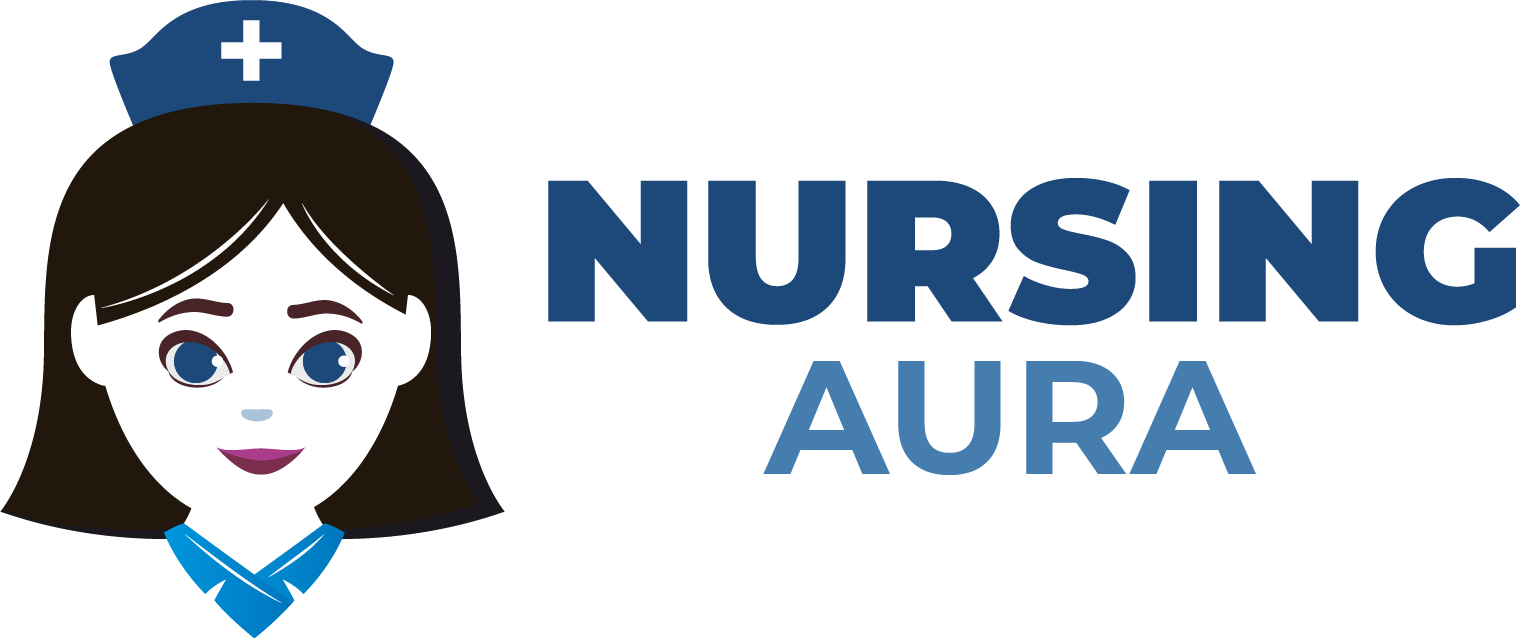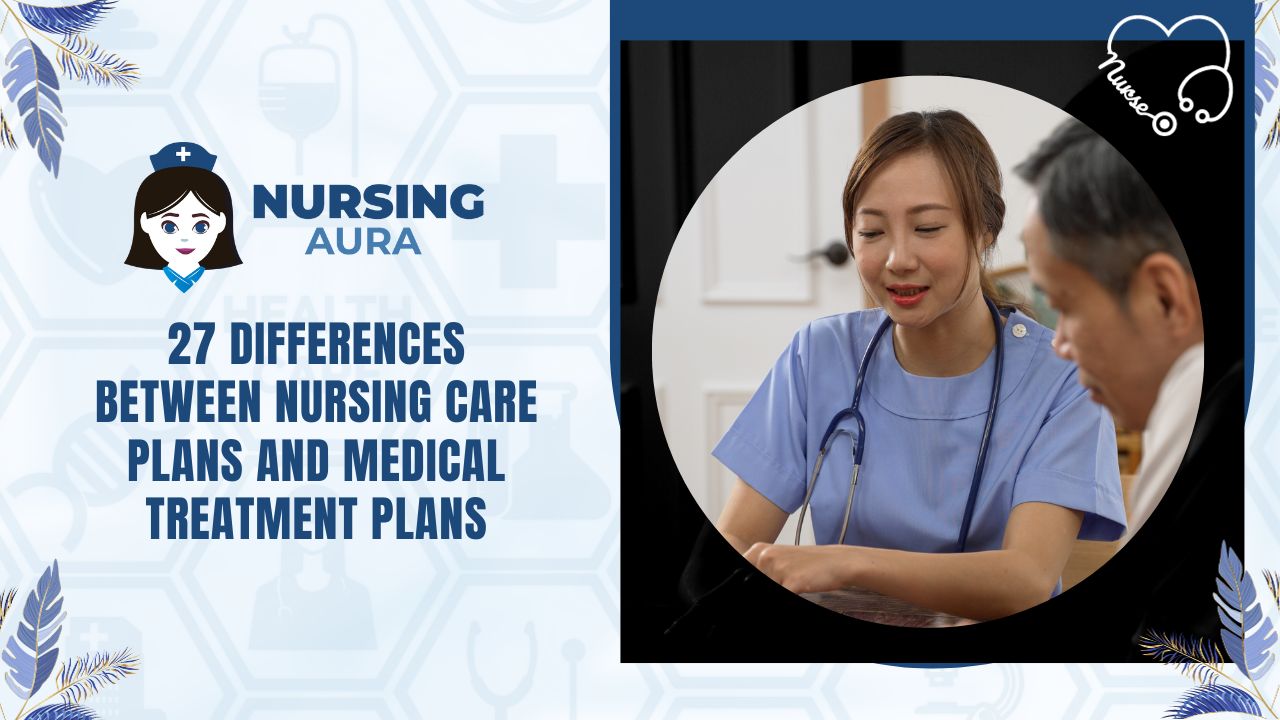Patient care depends on nursing and medical treatment strategies, which serve diverse but complementary roles. They increase patient health and well-being, although their scope, focus, and execution vary. Nursing care plans promote whole-person care. Individual patient nursing treatments, assessments, and goals are listed. RNs create these plans to meet the patient’s medical, psychological, emotional, and environmental needs. Nursing care plans help nurses provide personalized medical and emotional assistance.
Specialists, surgeons, and doctors construct medical treatment plans. Plans identify and treat patient sickness. Drugs, procedures, and therapy are listed in medical treatment programs. They treat or manage patients based on medical examinations, test results, and expert advice.
Professionals who develop and implement these tactics are another distinction. The patient, family, and healthcare team construct nursing care plans with registered nurses. Patient-centered and updated as conditions change. However, physicians diagnose and provide therapy. Less dynamic techniques adapt to the patient’s medical status.
Nursing care plans emphasize prevention, education, and continuity. They ensure patients follow up, take prescriptions, and comprehend their conditions and treatments. Medical treatment programs may focus on acute or chronic conditions and not all patient care.
Finally, nursing care and medical treatment programs are crucial to healthcare but serve distinct purposes. Registered nurses develop psychological and emotional patient care programs. They emphasize patient care and prevention. Doctors create treatment regimens that emphasize medical procedures and diagnostics. Both approaches ensure the highest patient outcomes in patient-centered care.
|
S.No. |
Aspects |
Nursing Care Plans |
Medical Treatment Plans |
|
1 |
Focus |
Holistic patient care |
Disease-specific treatment |
|
2 |
Scope |
Comprehensive, long-term management |
Specific intervention for immediate issues |
|
3 |
Responsibility |
Nurses |
Physicians |
|
4 |
Goal |
Promote overall well-being |
Treat and cure specific diseases |
|
5 |
Components |
Nursing diagnoses, interventions, evaluations |
Diagnosis, treatment, prognosis, follow-up plans |
|
6 |
Approach |
Person-centered and patient-specific |
Disease-centered and evidence-based |
|
7 |
Timeframe |
Ongoing and dynamic |
Often time-bound and structured |
|
8 |
Assessment focus |
Patient’s daily activities and functions |
Disease progression and specific medical parameters |
|
9 |
Intervention methods |
Non-invasive, patient-oriented |
Invasive, procedure-based |
|
10 |
Education emphasis |
Patient and family education |
Disease and treatment education |
|
11 |
Documentation details |
Patient’s response to care and interventions |
Progression of disease and response to treatment |
|
12 |
Monitoring parameters |
Vital signs, patient comfort, mental status |
Lab results, imaging, specific disease indicators |
|
13 |
Adaptability to change |
Flexibility in response to patient’s condition |
Requires alterations based on disease progression |
|
14 |
Team involvement |
Multidisciplinary collaboration |
Primarily physician-led with specific specialists |
|
15 |
Long-term impact |
Enhances patient’s quality of life |
Aims at eliminating or managing the disease |
|
16 |
Specialized care needs |
Focus on emotional and psychological support |
Specialized treatments and surgeries |
|
17 |
Preventive measures |
Health promotion and risk reduction strategies |
Preventing disease progression and complications |
|
18 |
Patient autonomy |
Encourages patient participation and decision-making |
Physician-led decision-making |
|
19 |
Follow-up procedures |
Regular check-ins, patient counseling |
Scheduled follow-up appointments and tests |
|
20 |
Complexity of intervention |
Varied, but typically less complex |
Can involve intricate medical procedures and drugs |
|
21 |
Cost-effectiveness |
Often less costly due to non-invasive methods |
Can be expensive due to specialized treatments |
|
22 |
Goal measurement criteria |
Patient’s quality of life and functional status |
Disease-specific markers and response to treatment |
|
23 |
Risk assessment |
Focus on preventing complications and falls |
Risk-benefit analysis of treatment procedures |
|
24 |
Emotional support |
Holistic care approach |
Typically focuses more on physical aspect of illness |
|
25 |
Patient advocacy |
Ensures patient’s voice is heard and respected |
Balancing patient’s choices with best medical options |
|
26 |
Interdisciplinary integration |
Collaboration with various healthcare professionals |
Close collaboration with specific medical specialists |
|
27 |
Patient discharge planning |
Focus on patient’s ability to manage at home |
Ensuring patient understands and continues treatment |
Frequently Asked Questions (FAQs)
Q1. How do nursing care plans differ from medical treatment plans?
Nursing care plans differ from medical treatment plans in scope and focus. Registered nurses create comprehensive nursing care plans for patients. A patient’s physical, psychological, emotional, and environmental needs are included. Doctors design medical treatment regimens that include medications, procedures, and surgeries to diagnose and treat patients.
Q2. Who creates nursing care plans and medical treatment plans?
Registered nurses construct nursing care plans with patients, families, and the healthcare team. Patients’ health changes demand updates to these patient-centered programs. Doctors base treatment strategies on medical examinations, test results, and clinical suggestions. Programs are less dynamic and largely tailored to patient medical conditions.
Q3. How can nurse care plans help patients?
Important patient care includes comprehensive treatment, prevention, and patient education in nursing care programs. Personal care includes medical treatments and emotional assistance. These plans include follow-up and patient education to ensure continuity of care and help patients understand their conditions and treatment options.
Q4. What is medical treatment's principal goal?
The basic purpose of medical treatment programs is diagnosis and therapy. These plans describe the patient’s medications, operations, and rehabilitation. Medical evaluations lead patient therapy to cure or manage.
Q5. Do nursing and medical treatments interact in patient care?
Medical and nursing plans support patient care. Medical treatment plans diagnose and treat medical diseases, whereas nursing care plans address behavioral, emotional, and environmental needs. Medical treatment plans address the patient’s medical requirements, whereas nursing care plans include prevention, education, and support. Healthcare professionals must cooperate to enhance patient outcomes.

